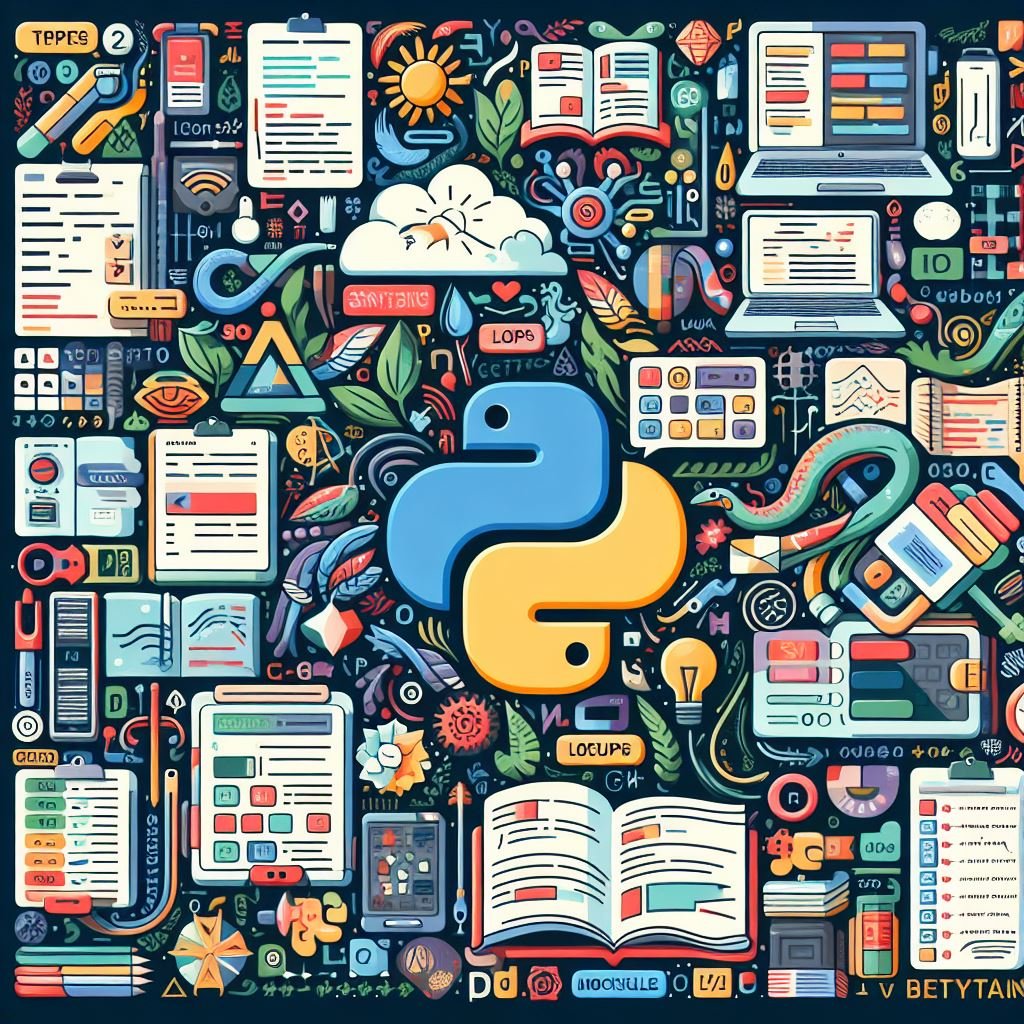Python is a powerful and versatile programming language that allows developers to build robust and complex applications. However, like any programming language, Python is prone to errors. Understanding the different types of errors that can occur in Python and knowing how to handle them is essential for writing reliable and error-free code.
Syntax Errors in Pyhton Programming
Syntax errors are the most common type of error that beginner Python programmers encounter. These errors occur when the code violates the rules of the Python language. For example, forgetting to close a parenthesis, misspelling a keyword, or using incorrect indentation can all result in syntax errors.
When a syntax error occurs, Python will display a traceback message that points to the line of code where the error occurred. It is important to carefully review the traceback message and identify the syntax error. Once the error is identified, it can be fixed by correcting the syntax mistake.
Runtime Errors in Python Programming
Runtime errors, also known as exceptions, occur when the code is syntactically correct but encounters an error while executing. These errors can be caused by a variety of factors, such as division by zero, accessing a non-existent index in a list, or trying to open a file that does not exist.
Python provides a mechanism called exception handling to deal with runtime errors. By using try-except blocks, developers can catch and handle specific exceptions that may occur during the execution of their code. This allows for graceful error handling and prevents the program from crashing.
For example, if you are trying to open a file, you can use a try-except block to handle the FileNotFoundError exception:
try:
file = open("myfile.txt", "r")
except FileNotFoundError:
print("File not found.")
By handling the exception, you can display a meaningful error message to the user and continue with the execution of the program.
Logical Errors in Python Programming
Logical errors, also known as bugs, occur when the code does not produce the expected output or behaves in an unintended way. These errors are often the most challenging to identify and fix because they do not result in any error messages or exceptions.
To debug logical errors, developers can use techniques such as print statements, logging, and stepping through the code with a debugger. By carefully examining the code and its output, developers can identify the source of the logical error and make the necessary corrections.
It is important to note that logical errors are not caught by Python’s exception handling mechanism. Therefore, it is crucial to thoroughly test and validate the code to ensure its correctness.
Common Python Error Types
While there are numerous error types in Python, some of the most common ones include:
- NameError: This error occurs when a variable or function name is used before it is defined.
- TypeError: This error occurs when an operation is performed on an object of an inappropriate type.
- ValueError: This error occurs when a function receives an argument of the correct type but with an invalid value.
- IndexError: This error occurs when trying to access an index that is out of range in a list or string.
- KeyError: This error occurs when trying to access a dictionary key that does not exist.
By familiarizing yourself with these common error types, you can quickly identify and resolve issues in your Python code.
FAQs (Frequently Asked Questions)
1. What are syntax errors in Python programming?
- Syntax errors occur when the code violates the rules of the Python language, such as forgetting to close a parenthesis, misspelling a keyword, or using incorrect indentation.
2. How are runtime errors different from syntax errors in Python?
- Runtime errors, also known as exceptions, occur during code execution when the code encounters an error condition, such as division by zero or accessing a non-existent index in a list. Syntax errors, on the other hand, occur when the code does not conform to the rules of the Python language.
3. How can developers handle runtime errors in Python?
- Developers can handle runtime errors using Python’s exception handling mechanism, which involves using try-except blocks to catch and handle specific exceptions that may occur during the execution of their code.
4. What are logical errors in Python programming?
- Logical errors, also known as bugs, occur when the code does not produce the expected output or behaves in an unintended way. Unlike syntax errors and runtime errors, logical errors do not result in error messages or exceptions.
5. What are some common Python error types?
- Some common Python error types include NameError, TypeError, ValueError, IndexError, and KeyError. These errors occur when variables or functions are used before being defined, operations are performed on inappropriate object types, invalid values are provided to functions, or out-of-range indices are accessed in lists or strings, or non-existent keys are accessed in dictionaries.
6. How can developers effectively handle and debug Python code with errors?
- Developers can handle and debug Python code with errors by using techniques such as exception handling (try-except blocks), print statements, logging, and stepping through the code with a debugger. Thorough testing and validation of the code are also crucial to identify and resolve logical errors.
By understanding these frequently asked questions about Python error types, developers can effectively handle and debug Python code, making them more proficient and reliable Python programmers.
Conclusion
Python error types are an inevitable part of the development process. By understanding the different types of errors, such as syntax errors, runtime errors, and logical errors, you can effectively handle and debug your code. Remember to use Python’s exception handling mechanism to gracefully handle runtime errors and to thoroughly test and validate your code to catch any logical errors. With practice and experience, you will become more proficient at identifying and resolving errors, making you a more confident and reliable Python programmer.
